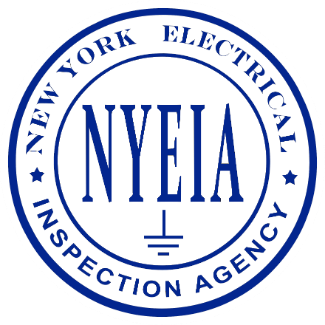Electrical safety is paramount to maintaining secure and comfortable living conditions. The current New York State Property Maintenance Code (PMC) outlines clear guidelines for electrical safety in all occupied single-family homes, aiming to prevent electrical hazards, ensure compliance, and safeguard occupants.
Minimum Electrical Service Requirements
Every single-family dwelling that is occupied must be equipped with at least a three-wire, 120/240 volt, single-phase electrical service rated at a minimum of 60 amps. The size and usage of appliances and equipment within a home further determines whether additional electrical facilities and a larger service is necessary, following standards set by the National Electrical Code (NFPA 70). Most utility companies require that homes have a minimum of 100 amps going to the house.
Identifying and Correcting Electrical Hazards
The PMC allows building officials to require immediate corrective actions when hazardous electrical conditions are present and identified. Key electrical hazards include:
- Inadequate electrical service
- Incorrect fusing
- Insufficient receptacle and lighting outlets
- Improper wiring installations
- Deteriorated or damaged electrical components
Promptly addressing these conditions ensures safety and preserves the integrity of the home.
Management of Equipment Exposed to Water or Fire
Electrical equipment that has been exposed to water, such as distribution equipment, motor circuits, transformers, wires, cables, ground fault circuit interrupters (GFCIs), surge protectors, and molded case circuit breakers, must typically be replaced according to the PMC. However, repairs to these components are permitted if the manufacturer, or an approved manufacturer’s representative indicates that the equipment has not sustained damage that requires replacement.
Similarly, electrical components exposed to fire, including switches, receptacles, and fixtures, must generally be replaced. Repairs can only occur when an inspection report from the equipment manufacturer or an approved representative confirms that no critical damage was sustained.
Installation and Maintenance Standards
Proper installation and ongoing maintenance of electrical equipment, wiring, and appliances are essential requirements under the NYS Property Maintenance Code. Maintaining these standards significantly reduces risks associated with electrical hazards.
Receptacle Outlet Requirements
The code specifies that every habitable space must include at least two separate and remote receptacle outlets. Special provisions include:
- Laundry areas require at least one grounding-type or GFCI-protected receptacle.
- Bathrooms must have a minimum of one receptacle outlet; newly installed bathroom receptacles require GFCI protection.
- All receptacle outlets must have suitable faceplate covers appropriate for their specific locations.
Lighting Requirements
Adequate illumination is required in specific areas within the home for safety purposes. Each of the following areas must have at least one electric luminaire:
- Interior stairways
- Toilet rooms
- Kitchens
- Bathrooms
- Laundry rooms
- Boiler rooms
- Furnace rooms
Additionally, outdoor pool and spa luminaires rated over 15 volts must be protected with GFCI devices.
Proper Use of Flexible Cords
Flexible cords, or extension cords, must be used strictly for temporary purposes and are not permitted as substitutes for permanent wiring. Running cords through doors, windows, cabinets, or concealing them within walls, floors, or ceilings is prohibited and poses significant electrical safety risks.
Conclusion
Compliance with the 2020 NYS Property Maintenance Code ensures a safer living environment in single-family homes. Regular inspections, prompt attention to electrical hazards, and adherence to proper installation and maintenance guidelines protect both residents and their properties from electrical dangers.
